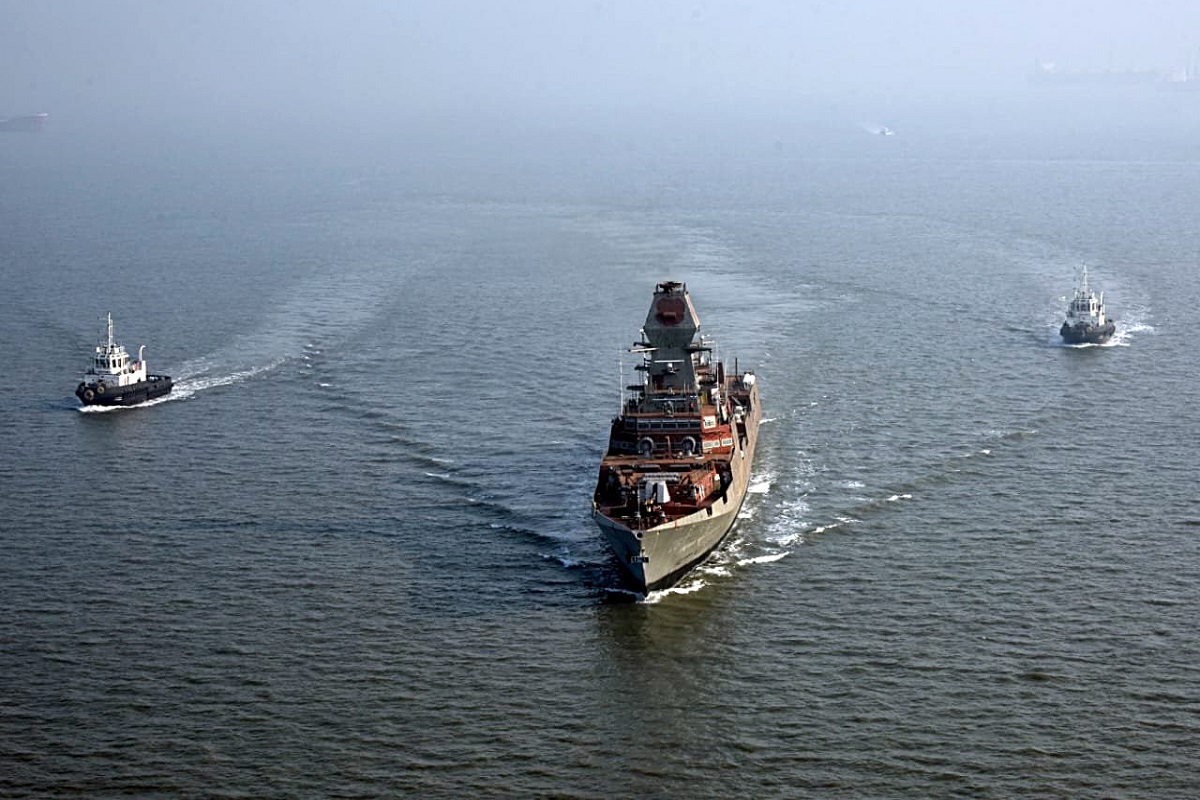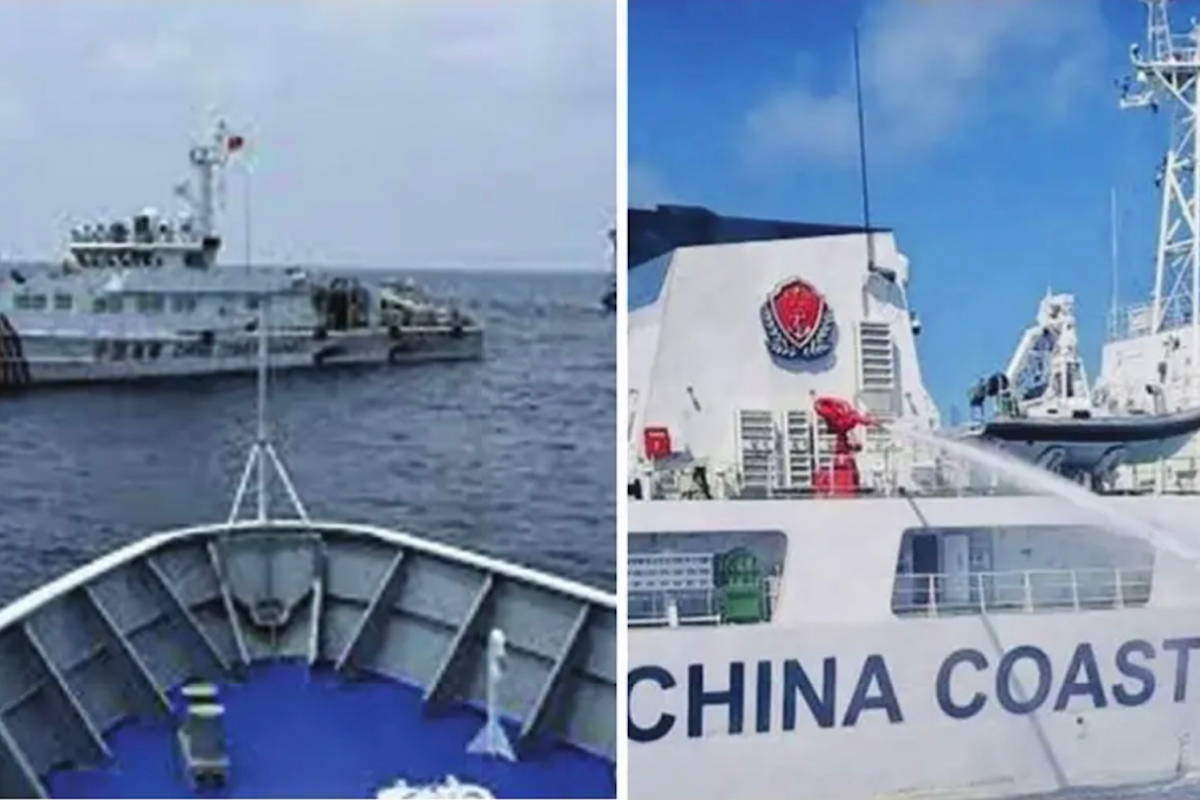Geneva Conventions remain relevant
Last week marked 75 years since the adoption of the Geneva Conventions on 12 August 1949. In theory, these rules of war are universally agreed by every nation.

Last week marked 75 years since the adoption of the Geneva Conventions on 12 August 1949. In theory, these rules of war are universally agreed by every nation.

The South China Sea has long been a contentious region, but recent developments underscore an escalating threat that demands global attention and coordinated action.

The visit demonstrated India's strong ties with The Philippines and its commitment to further deepen the partnership.

Maritime disputes across the vast South China Sea have ratcheted up in recent years as an increasingly assertive China militarises disputed islands and confronts its regional rivals over their competing claims in the strategically important and resource-rich waterway.

The US military's Indo-Pacific Command said that the intercept was conducted at night and that the Chinese's pilot demonstrated poor airmanship.
The Arctic region, while very much in the ‘sphere of influence’ of the eight Arctic states ~ Canada, Denmark, Finland, Iceland, Norway, Russia, Sweden, and the USA ~ which have control over its strategically valuable geography, has another contender for influence in China, which is making no secret of its desire to become a ‘polar great power’ by 2030.
Till 2018, China’s coast guard operated under a civilian agency but then the Central Military Commission took over. The message was clear: Coordination between the PLA Navy, CCG and the People’s Armed Forces Maritime Militia to advance Chinese claims especially in the South China Sea (SCS) would be the name of the game.
For several years, especially during the UPA rule we were, in fact, encouraged to believe the Chindia narrative so credulously that we did precious little to counter Beijings policy of maritime encirclement of India through its string of pearls strategy
China faces global criticism for hiding details of the pandemic, enabling travel from Wuhan to all parts of the globe leading to its global spread while blocking internal movement from affected areas, thus slowing domestic cases. Its claim that the virus existed in parts of the globe before emerging in China is ignored
Vietnam is a popular choice for Japanese firms. It is seen as the site of the next economic miracle having registered consistent high economic growth despite the pandemic. Half of the 30 Japanese firms that used a 23.5 billion yen ($222.9 million) government stimulus package to diversify supply chains in Southeast Asia targeted Vietnam